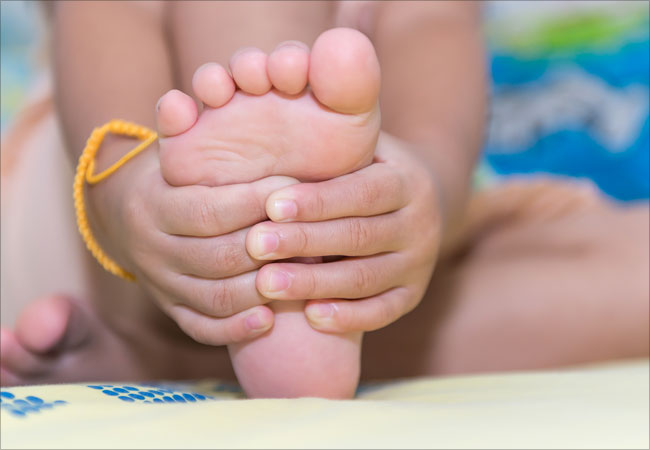Menopause: Why Manual Therapy and Movement Can Help You
Menopause affects 50% of our global population and yet we often avoid discussing this stage of life. It’s a time when women can experience aches and pains resulting from inflammation in the musculoskeletal system. Here we look at menopause and why manual therapy and movement can help you manage your symptoms, while have a long lasting impact on your health.
The Stages of Menopause
Menopause is the natural decline in reproductive hormones when women cease their menstrual cycle, and it is broken down into three stages: Perimenopause, natural menopause, and post menopause.
Perimenopause:
This can occur for years leading up to the final menstrual cycle. During this transition, ovaries decrease their levels of reproductive hormones. Women will often experience irregular menstrual cycles, hot flashes and sleep disturbances. Interestingly, during this time conception is still possible.
Natural Menopause:
This is the spontaneous and permanent end to the menstrual cycle that has no medical or surgical cause. Menopause is confirmed once there has been 12 consecutive months of no menstrual bleeding.
Postmenopause:
The time beyond one year after your final menstrual cycle.
The average age for menopause in Australia, is 51 although some women experience Perimenopause symptoms as young as 30. We often misrepresent menopause as a “cycle” or a “stage of life” yet after the 12 month cessation of menstrual bleeding, women are actually postmenopausal for life!
Knowing this, it is important that we know how to manage the associated symptoms.
Common Menopausal Symptoms
It’s very common to hear of irregular periods, hot flashes, sleep disturbance, and mood irritability as the primary symptoms of menopause. Suprisingly and less discussed is the long lasting impact that these hormonal changes can have on the musculoskeletal system.
Throughout menopause, the levels of the hormone oestrogen decline. Oestrogen plays a role in the protection and production of bone and muscle health, ligament and tendon collagen, synovial membrane and the joint capsule itself.
This decline in oestrogen levels place menopausal women at a higher risk of inflammation, osteoporosis, osteoarthritis, depression, aches, pains and weight gain. Correspondingly, this overall decrease in bone density sees women more likely to become frail, which is associated with an increase in falls and fractures.
Strategies for Managing Menopausal Symptoms & Future Proofing your Body
Menopause hormone therapy (HRT) manages side effects associated with perimenopause and menopause. Additionally there is solid evidence that postmenopausal women who engage in regular moderate level physical activity will see:
- increases in bone density
- improved muscle mass
- improved strength
- improved coordination and balance
- improved mental health
Hands on manual therapy is also benefits day to day inflammation, aches and pains associated with menopause.
At Williamstown Health and Lifestyle we partner with you on any of your physical life stages and challenges.
Perhaps this blog resonates with you? We have a suite of trained osteopaths, exercise physiologists, physiotherapists, soft tissue therapists to assist, plus a clinical pilates and gym studio where we can show you the benefits of manual therapy and movement in Menopause to get you back feeling great again.
Please give us a call (03) 9397 8877 or book online here.
If you are interested in reading more about menopause we highly recommend this site.

Author:
Sam Volarich – Osteopath




